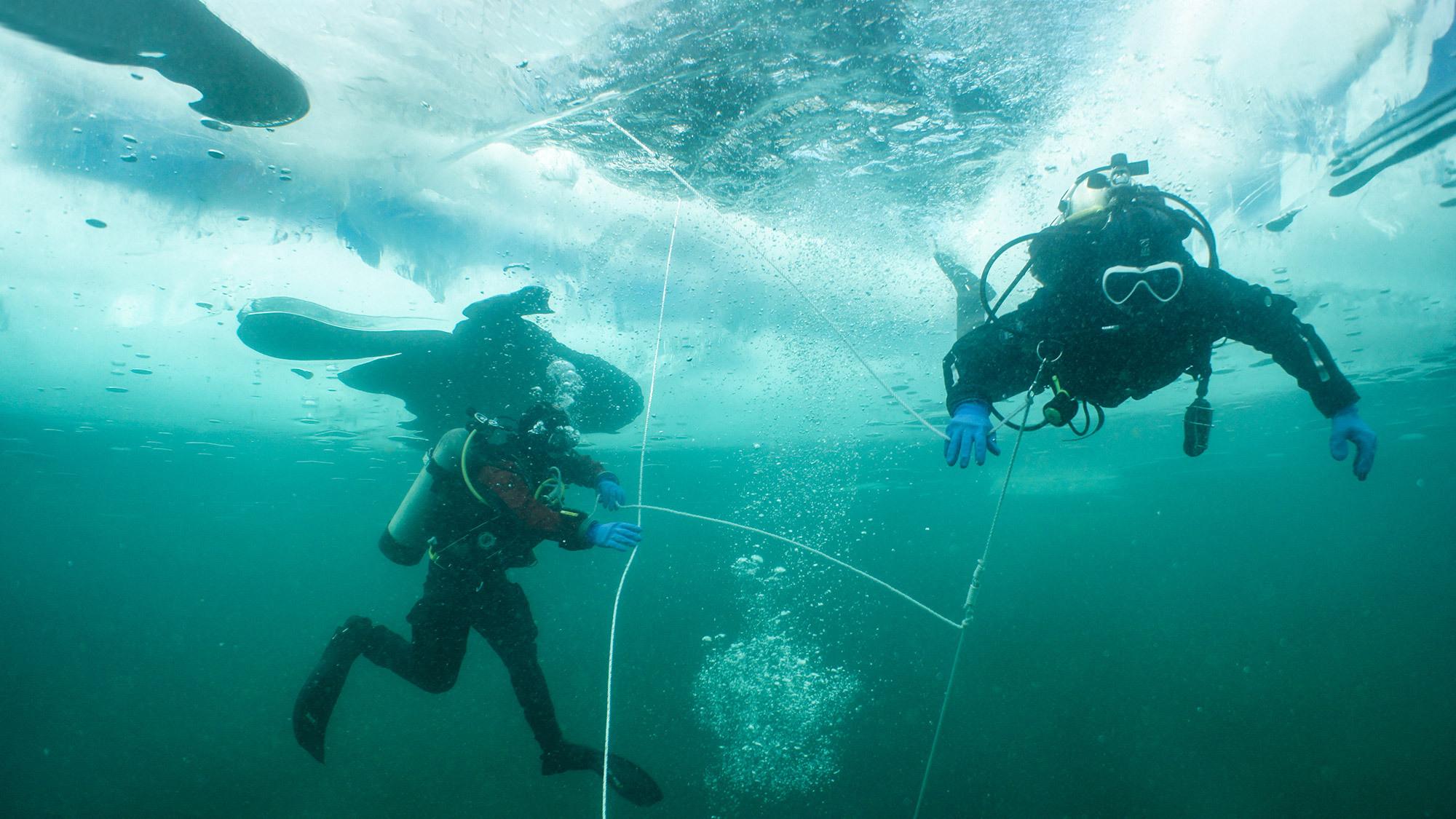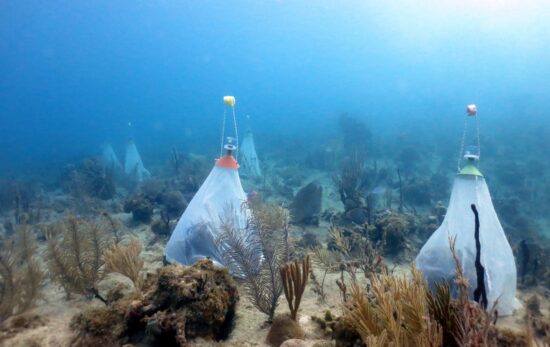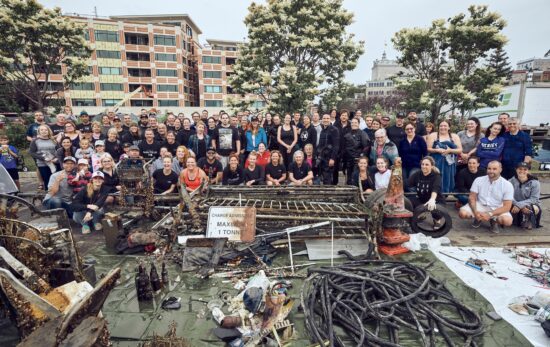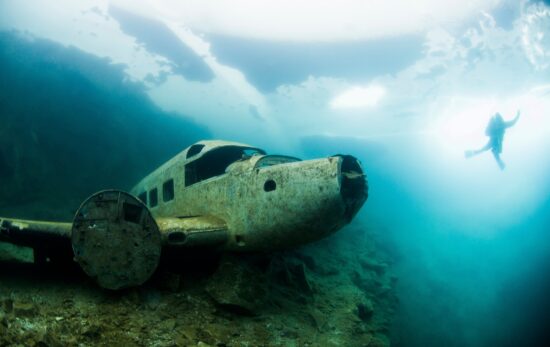The best time of year to dive in Canada may surprise you. To be fair (as they say in Letterkenny), the warmer months of June through September offer the best diving conditions in most parts of the country. But, in some parts of Canada, visibility is better when the air and water temps are cooler.
If you’re traveling in Canada, the best thing to do is connect with a PADI Dive Shop. These friendly experts can recommend the best dive sites based on the time of year and diving conditions.
Planning a trip? The info below can help you find the best time of year to dive in Canada.
Atlantic Canada
Nova Scotia, New Brunswick, Prince Edward Island, Newfoundland and Labrador
The best time to dive Atlantic Canada depends on what you want to see and experience.
For example, have you ever considered iceberg diving? This unique experience can be booked in Conception Bay, Newfoundland. Starting in May, icebergs from Greenland float down the coast of Newfoundland and Labrador. An experienced guide can take you iceberg diving, but be prepared to dive in a dry suit and use a regulator designed for cold water diving. Even in June, the water temperature can be as low as 2°C/35°F.

Late June through early September is whale season in the Canadian Maritimes. Though it’s not legal to jump in the water with whales in Canada, you could see them at the surface. Some species, such as humpbacks, can be heard underwater.
Water temps peak in August and September, reaching up to 15-17°C/60-63°F. But colder months offer better visibility, up to 30+ meters/100+ feet. This is especially important if you love wreck diving and want to take in the spectacular wrecks in Newfoundland and Nova Scotia.
British Columbia
On Canada’s Pacific Coast, water temperatures are generally 7-13°C/45-55°F year round. The best visibility is from October to April, reaching 21-30 meters/70-100 feet depending on the dive site. Year-round you can see Giant Pacific Octopus, wolf eels, jellyfish, a variety of nudibranchs, seals and sea lions. Speaking of which…
If you’ve ever wanted to dive with dozens of sea lions, set a course for Hornby Island, BC in April. As the video below shows, it’s an extraordinary experience.
From June through September, unpredictable algae blooms can cloud the water’s surface. It’s still a nice time to dive, but you’ll want a backup plan.
The Great Lakes and Mountain Lakes
Diving season on the Great Lakes runs from April until October, when the water becomes ice-free and winds are more predictable. Generally speaking, the best diving is in July and August. Surface temperatures can be up to 24°C/75°F at the surface, but can drop to 4-7°C/39-44°F below the thermocline. Dry suits are strongly recommended.

In Alberta, you can dive year-round at two lakes in Banff National Park, but you’ll need a chainsaw at certain times of year. There are also lakes you can dive at Jasper National Park, but the 2024 fire may have affected access. Check with a local dive shop before you plan your trip.
The topside scenery in both parks is spectacular year-round. Water temps peak in August around 16°C /62°F, but visibility can drop during plankton blooms.
Read more about freshwater diving in Canada:
- Scuba Diving in Alberta
- Sky High Scuba Diving in the Canadian Rockies
- Diving from the Prairies to the Foothills of the Rocky Mountains
- Scuba Diving Canada’s Great Lakes and The St. Lawrence River
- Scuba Diving Ontario’s Lakes and Rivers
St. Lawrence River
The best time to dive in the St. Lawrence is from August to October when water temps and visibility peak. Surface temperatures can reach 20-24°C/68-75°F (some of the warmest water in Canada) with lows around 10°C/50°F in deeper water. Visibility is good year-round but can be up to 30 meters/100 feet from August through October.
Scuba Diving in Canada
Scuba diving is just one of many reasons to visit Canada. The Great White North is home to jaw-dropping scenery, exciting marine life and diverse cultures.





